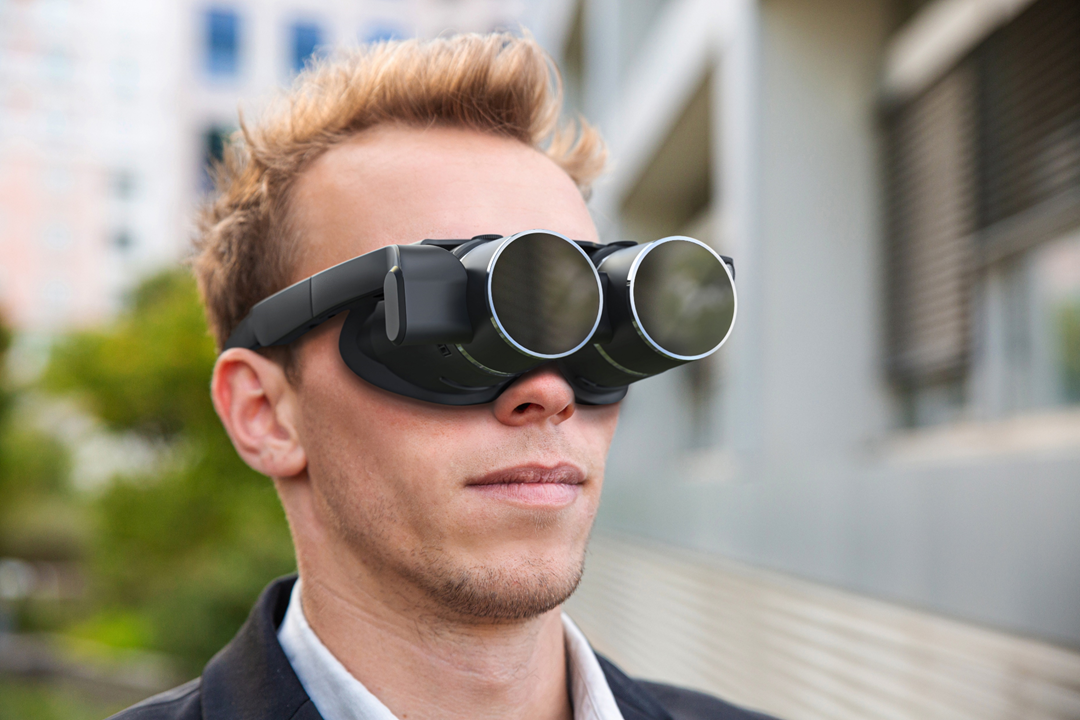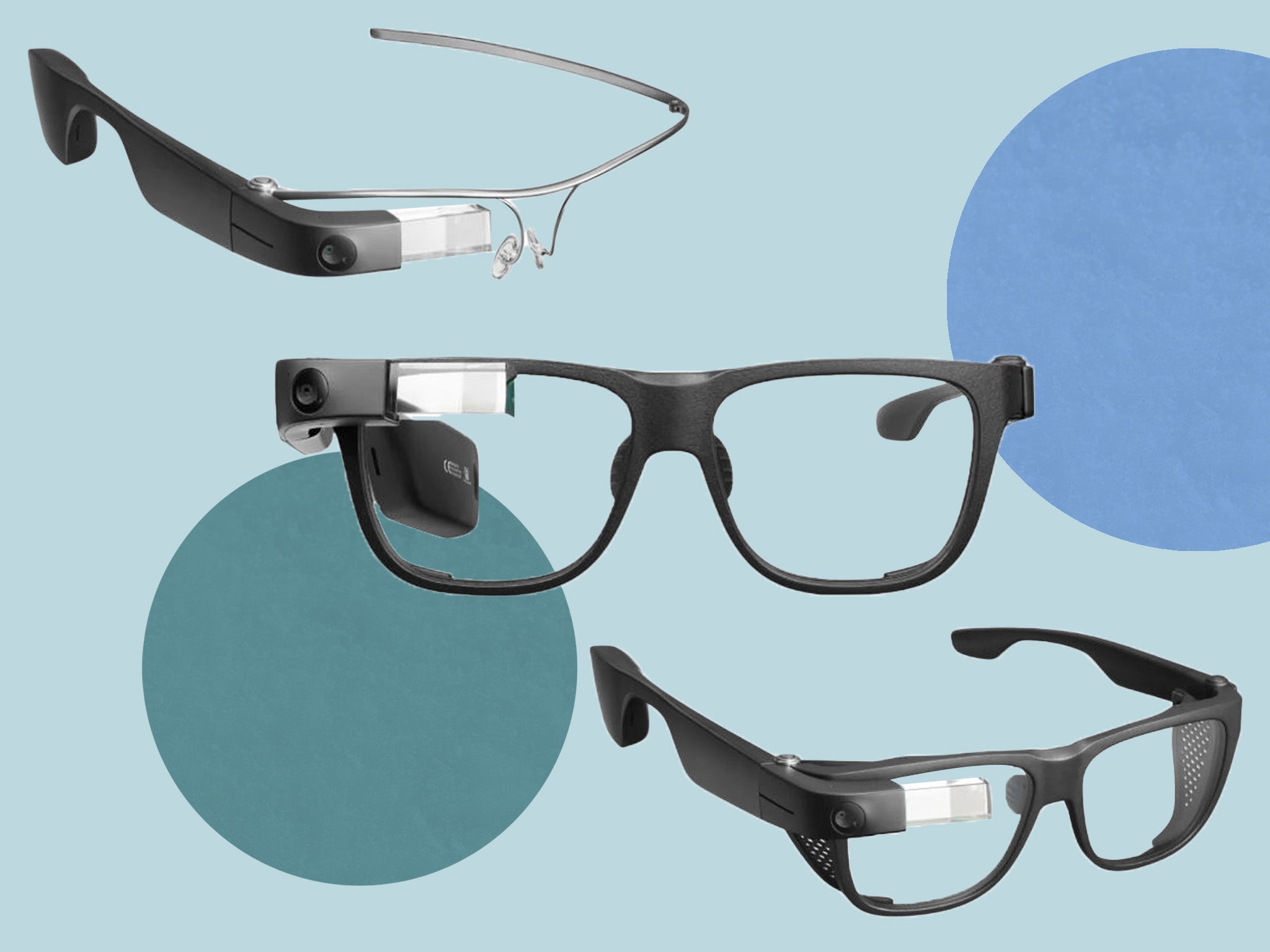Maximizing Efficiency with Screen Readers for the Blind: A Comprehensive Guide
Maximizing Efficiency with Screen Readers for the Blind: A Comprehensive Guide
Blog Article
Discover Advanced Assistive Instruments for People With Visual Problems
The landscape of assistive modern technology for people with aesthetic problems is progressing swiftly, presenting a series of ingenious gadgets that improve freedom and engagement (Braille displays and notetakers). From clever glasses that perfectly merge visual input with auditory advice to advanced navigating applications that redefine spatial recognition, these tools are reshaping possibilities. The newest developments in Braille innovation and voice-activated systems substantially add to availability. Nonetheless, the ramifications of these developments extend much past mere capability; they challenge conventional perceptions of special needs and freedom. What might this mean for the future of inclusion and assistance?
Smart Glasses Innovations
Smart glasses stand for a significant development in assistive innovation for people with visual impairments. These cutting-edge tools incorporate different functions made to improve the customer's interaction with their atmosphere. Outfitted with cameras and sensing units, wise glasses can catch real-time aesthetic details, which is after that refined and communicated to the user with sound responses or haptic feelings. This capability permits individuals to get instant descriptions of their surroundings, improving their ability to involve and navigate with the world.
Additionally, innovations in synthetic intelligence have even more improved the abilities of smart glasses. Machine understanding formulas can identify faces, reviewed text, and identify objects, making them vital tools for everyday jobs. Customers can receive acoustic cues that give context about their environment, fostering independence and self-confidence.
Furthermore, the ergonomic layout and lightweight nature of many clever glasses make them appropriate for extended use, making certain convenience while improving functionality. As these gadgets continue to progress, they hold the potential to change the method individuals with visual impairments experience their lives, linking the gap in between accessibility and technology. The recurring research study and growth in this field guarantee to broaden the possibilities for wise glasses, making them a crucial part of modern-day assistive tools.
Navigating Application and Tools
Many navigating applications and tools have actually emerged as vital resources for people with visual disabilities, dramatically enhancing their capacity to traverse strange environments. These innovations leverage general practitioner capability, audio hints, and real-time data to supply users with precise navigation aid.
One noticeable instance is the Aira application, which links users to skilled representatives that can give visual summaries of environments and navigating support with a real-time video clip feed. This service boosts the user's spatial understanding and self-confidence while browsing. An additional significant tool is Seeing Eye GPS, which provides voice-guided navigating and factors of passion, making it possible for individuals to accessibility essential info about their environments.

As technology remains to breakthrough, the growth of a lot more sophisticated navigation tools assures to more encourage people with visual problems, promoting smooth mobility and combination into varied settings. Such developments contribute in advertising an extra inclusive society.
Braille Innovation Developments
Recently, advancements in Braille modern technology have dramatically changed just how people with aesthetic problems access information and involve with the globe around them. The advancement of portable Braille display screens has changed reading by permitting users to attach wirelessly to tablet computers, smart devices, and computer systems. These devices convert text into Braille in real-time, enabling seamless communication with electronic material.
Moreover, innovative Braille printers have actually emerged, improving the production of tactile materials. Modern embossers are much faster and extra efficient, enabling the quick development of Braille files and instructional products. This efficiency decreases the time and expense associated with producing Braille resources, making them more available to companies and schools.
In addition, the combination of Braille with various other modern technologies, such as expert system and equipment learning, has opened new methods for tailored understanding experiences. Voice acknowledgment and synthesis innovations can complement Braille, giving a comprehensive strategy to information circulation.
As the demand for comprehensive education and work environment environments grows, these technological innovations play an essential role in encouraging individuals with visual impairments, guaranteeing they have equivalent access to information and possibilities in numerous elements of life.
Wearable Instruments for Freedom
An expanding array of wearable gadgets is enhancing self-reliance for individuals with aesthetic problems, providing cutting-edge solutions that enhance navigation and daily living. Braille displays and notetakers. These devices utilize innovative modern technologies to give real-time feedback and assistance, advertising freedom in various atmospheres

Wearable technology likewise consists of smartwatches that can be configured with accessibility attributes, allowing individuals to obtain notices, track their places, or perhaps require help with the touch of a button. Furthermore, some devices integrate expert system to assess the atmosphere, offering sound descriptions of neighboring objects or individuals.
Voice-Activated Assistive Solutions
Leveraging voice-activated assistive options has actually changed the landscape of assistance for people with aesthetic disabilities, providing hands-free communication and accessibility to a range of tasks. These modern technologies use natural language processing and fabricated intelligence to make it possible for customers contact lens eye exam to do everyday tasks with easy voice commands.

In addition, recent innovations in voice acknowledgment precision have actually improved the individual experience significantly, suiting diverse accents and speech patterns. This inclusivity click guarantees that even more individuals can profit from these innovations, promoting a higher feeling of autonomy.
Verdict
In conclusion, the development of sophisticated assistive tools considerably enhances the self-reliance and lifestyle for individuals with visual problems. Technologies such as clever glasses, navigation apps, Braille innovation, wearable gadgets, and voice-activated solutions collectively promote a more inclusive environment. These technologies equip users to navigate their environments with self-confidence and involve even more fully with the globe, ultimately advertising better availability and level playing fields for people encountering aesthetic challenges.
The landscape of assistive innovation for individuals with aesthetic problems is advancing swiftly, providing a range of cutting-edge devices that have a peek at this site enhance autonomy and interaction.Smart glasses represent a considerable development in assistive innovation for individuals with visual disabilities. As these tools proceed to develop, they hold the potential to transform the means people with aesthetic impairments experience their day-to-day lives, bridging the space between access and modern technology.In recent years, advancements in Braille technology have actually substantially transformed just how individuals with visual problems accessibility information and engage with the world around them. These innovations encourage individuals to navigate their environments with self-confidence and involve more fully with the globe, ultimately promoting better ease of access and equal chances for individuals facing aesthetic obstacles.
Report this page